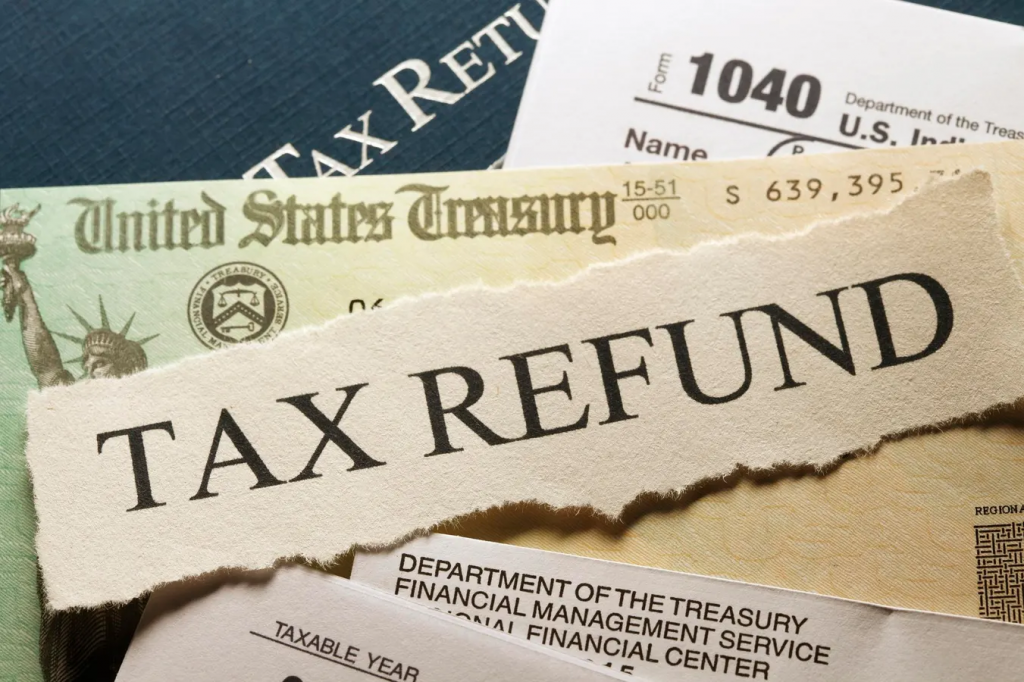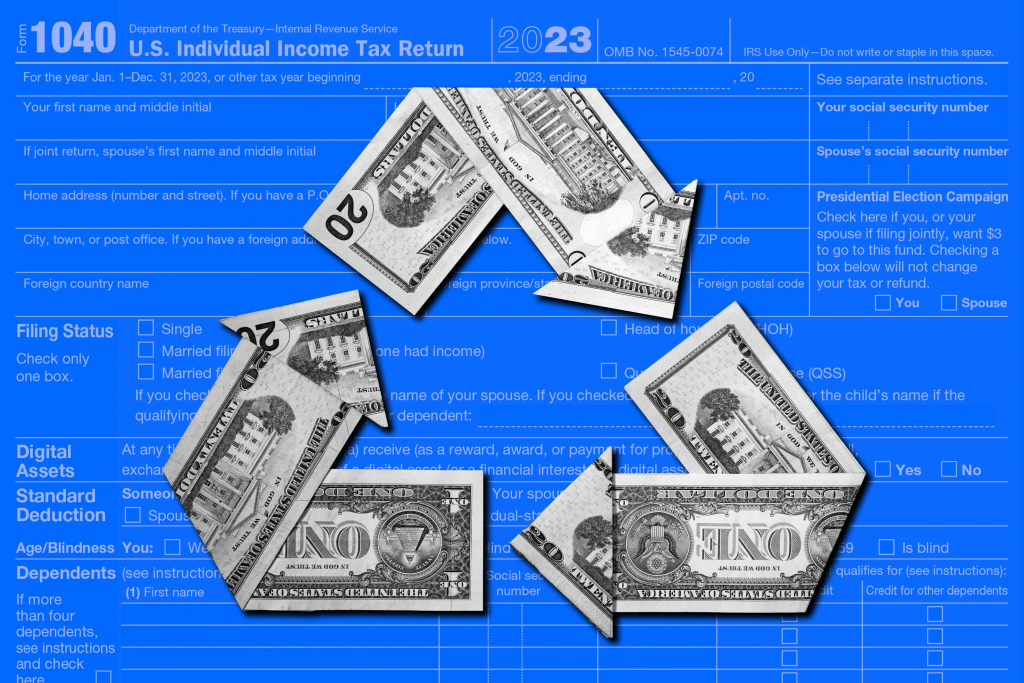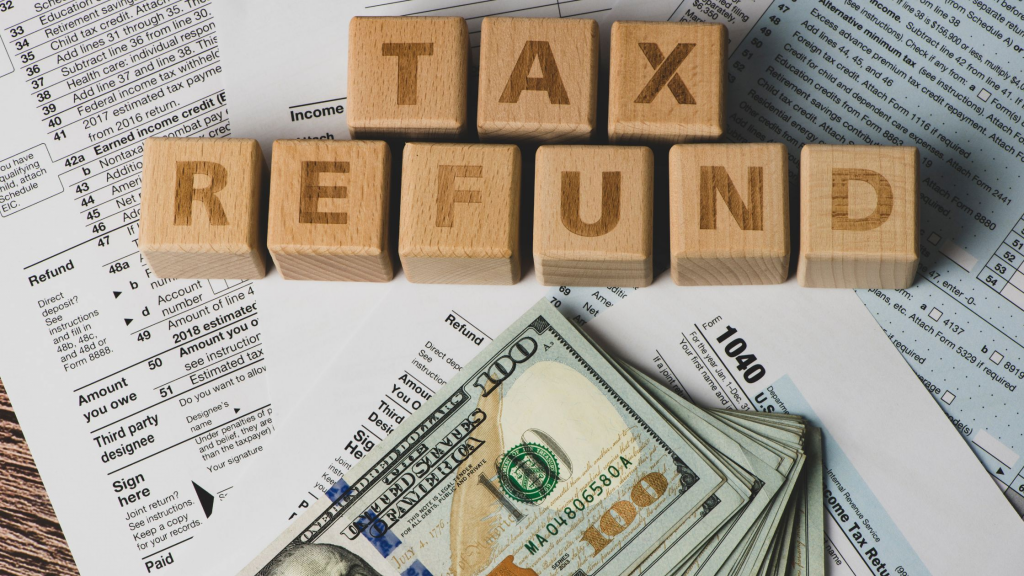Investing is a great way to grow wealth, but with those gains comes responsibility especially when tax season arrives. Whether you’ve earned income from stocks, mutual funds, cryptocurrencies, or other assets, understanding how to report your investments correctly is essential to staying compliant with the law and avoiding penalties.
In this article, we’ll walk you through how investment income is taxed, which forms you’ll need, how to report capital gains and dividends, and tips for staying organized.
1. Understand the Types of Investment Income
Investment income can come in different forms, each with its own tax implications:
- Capital Gains: The profit made from selling an asset at a higher price than you paid. If you held the asset for more than a year, it’s a long-term capital gain; if less, it’s a short-term capital gain.
- Dividends: Payments from companies to shareholders, often taxed at favorable rates if considered “qualified dividends.”
- Interest Income: Earnings from bonds or savings accounts, usually taxed as ordinary income.
- Cryptocurrency: Treated by the IRS as property, not currency. Any gains or losses must be reported.

2. Know the Key Tax Forms
To file your taxes accurately, you’ll need to gather the following documents:
- Form 1099-B: Reports gains or losses from broker transactions (stocks, ETFs, etc.).
- Form 1099-DIV: Shows dividends and distributions received.
- Form 1099-INT: Reports interest earned from bonds or savings.
- Form 8949: Used to detail individual sales and calculate gains/losses.
- Schedule D: Summarizes capital gains and losses.
- Form 1040: Your main tax return where all income—including investment income—is reported.
If you’re using tax software, it will typically guide you through entering these forms correctly.
3. Reporting Capital Gains and Losses
To report capital gains or losses, follow these steps:
- List each sale on Form 8949
Include the date you bought and sold, the amount you paid (cost basis), and the amount you sold for. You’ll also note if it was short- or long-term. - Summarize totals on Schedule D
After listing all sales, total your short-term and long-term gains or losses separately. - Apply capital loss limits
You can use up to $3,000 in capital losses per year to offset ordinary income. If your losses exceed that, you can carry them forward to future years.
4. Reporting Dividends and Interest
Dividends and interest are reported on Schedule B and then transferred to your main Form 1040.
- Qualified Dividends are taxed at a lower rate (0%, 15%, or 20%) depending on your income bracket.
- Ordinary Dividends and interest income are taxed as regular income.
Tax software will usually import this data automatically if your broker offers tax integration.
5. Cryptocurrency and Taxes
The IRS requires you to report cryptocurrency transactions, even if it’s just exchanging one coin for another.
- Each crypto trade, sale, or use (even buying a coffee) must be reported on Form 8949.
- You need to track the date acquired, cost basis, and amount received.
- Mining income or staking rewards must also be reported as ordinary income.
If you don’t report your crypto correctly, you could face audits or penalties, as crypto reporting is becoming a focus for tax authorities.
6. What Happens If You Don’t Report Correctly?
Failing to report investment income can result in:
- Fines and penalties
- Interest on unpaid taxes
- An audit from the IRS
The IRS receives the same 1099 forms you do from your broker or exchange. If you omit them, their systems may automatically flag your return for review.
7. Tips to Stay Organized and Compliant
Here are some best practices to make tax reporting easier:
- Keep detailed records: Track each investment purchase and sale, including fees and reinvested dividends.
- Use a portfolio tracker: Many apps help monitor your cost basis, performance, and taxable events.
- Download tax documents early: Most brokers make 1099 forms available by mid-February.
- Consider tax software or a CPA: If you’re unsure how to file, a professional can help ensure accuracy.
- Harvest tax losses: Selling losing investments to offset gains is a smart way to reduce tax liability.

8. International Investments and Taxes
If you’ve invested in international stocks or funds, you might receive foreign dividends that are subject to withholding taxes in the country of origin.
- You may be eligible to claim a foreign tax credit on your U.S. return (Form 1116).
- Be aware of special forms (like FBAR or FATCA) if you hold large accounts outside the U.S.
9. Investment Income and Retirement Accounts
Investments inside a tax-advantaged retirement account (like a Roth IRA or 401(k)) usually grow tax-deferred or tax-free. You don’t need to report capital gains or dividends from these accounts until withdrawal if at all.
However, early withdrawals or required minimum distributions (RMDs) do need to be reported.
10. Plan for State and Local Taxes
While federal taxes often get the most attention, state and local taxes on investments can also impact your returns. Some states have no income tax (like Florida or Texas), while others tax investment income at the same rate as ordinary income. Understanding your state’s rules can help you plan asset sales and even consider relocating if investment income is a significant part of your earnings.
11. Track Your Cost Basis Accurately
Incorrectly calculating your cost basis can lead to paying more tax than necessary. Always include purchase price, reinvested dividends, and any associated fees when determining cost basis. Most brokers provide this data, but keeping your own records ensures accuracy, especially if you move accounts or hold assets for many years.
12. Understand Wash-Sale Rules
If you sell a security at a loss and buy the same or substantially identical one within 30 days, the IRS will disallow the loss for tax purposes. This “wash-sale” rule is important to remember when practicing tax-loss harvesting, as violating it can reduce your ability to offset gains.
13. Plan Charitable Giving Strategically
Beyond donating appreciated assets, you can also use donor-advised funds (DAFs) to bunch several years’ worth of charitable donations into a single tax year. This can help you exceed the standard deduction and claim a larger charitable deduction, while still allowing you to distribute funds to charities over time.

14. Manage Estimated Taxes
If your investment income is significant and taxes aren’t withheld automatically, you may need to make quarterly estimated tax payments to avoid IRS penalties. Use Form 1040-ES to calculate these amounts and stay current.
15. Keep Detailed Crypto Records
Because cryptocurrency is taxed as property, tracking each transaction’s date, value, and cost basis is crucial. Specialized crypto tax software can simplify this process, especially if you trade frequently or across multiple platforms.
16. Be Aware of Special Asset Rules
Some investments, like collectibles (art, coins, precious metals) or certain real estate transactions, are subject to different capital gains tax rates. Understanding these exceptions can prevent surprises at tax time.
17. Leverage Education and Tax Resources
Staying informed about tax law changes can save you money. The IRS publishes free guides, and many reputable financial websites update strategies annually. Consider attending webinars or consulting professionals during major portfolio changes
Conclusion
Properly reporting your investments on your tax return is essential for staying compliant and optimizing your finances. While the process may seem complex at first, understanding the basic forms, classifications, and strategies can make it much more manageable.
If your investments are growing, that’s great news but make sure your tax reporting grows with it. With good recordkeeping and awareness, you can meet your tax obligations while maximizing your returns.
